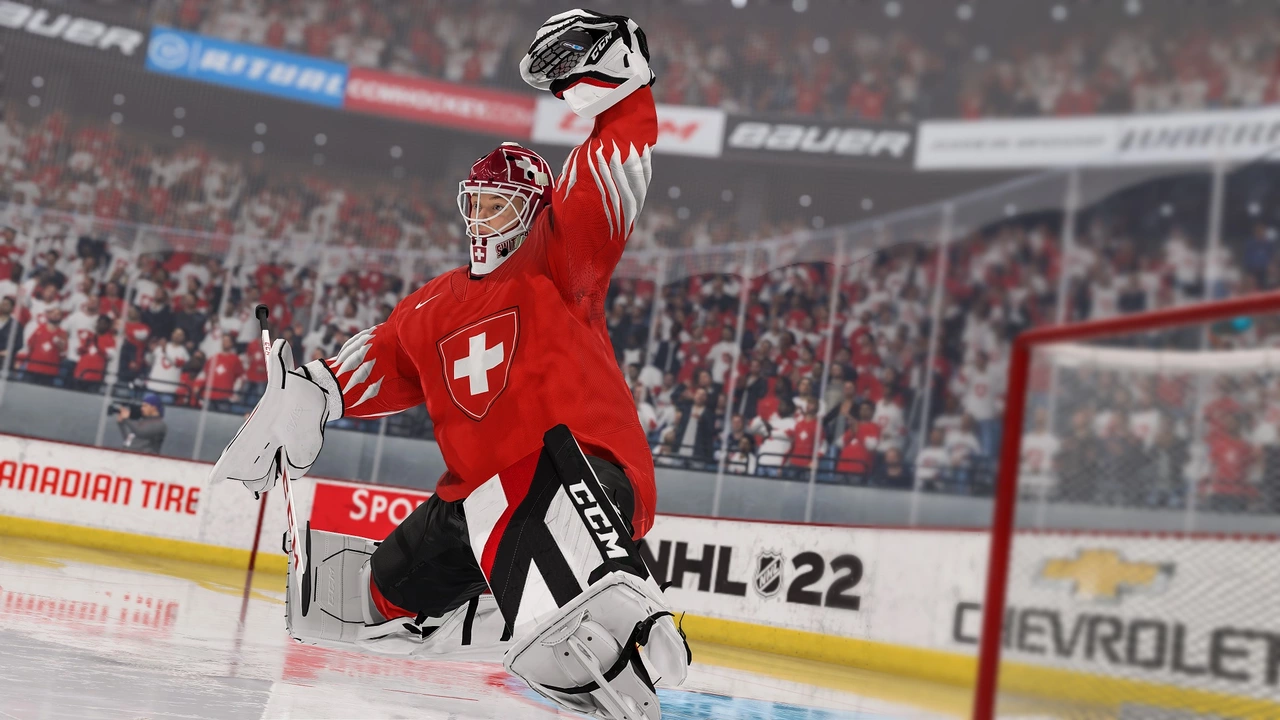Sports Scheduling Made Simple for Hockey Clubs
Running a club means juggling games, practices, tournaments and social events. If your calendar looks like a tangled mess, you’re not alone. The good news is that with a few smart habits you can keep everything on track and still have time for a post‑match pint.
Set Up a Master Calendar Everyone Can See
First step: pick a single calendar platform and make it public to all members. Google Calendar works well because it syncs with phones, sends reminders and lets you create separate layers for senior, junior and social squads. Add each match, training slot and travel day as an event, then color‑code by team. When a coach updates a time, everyone gets an automatic push notification – no more missed emails.
Plan Around Fixed Commitments
Most clubs have a few non‑negotiable dates: league fixtures, seasonal tournaments and venue maintenance. Mark these as “busy” blocks early in the season so you don’t accidentally double‑book. After those are locked in, fill the gaps with regular training sessions. A simple rule of thumb is to schedule two short practices per week and one longer session before any big game. That rhythm keeps players fit without burning them out.
When you have multiple squads, use the same calendar but create separate sub‑calendars. Senior men’s matches might be on Thursday evenings, while the women’s team trains on Saturdays. By toggling layers on or off, any coach can see exactly what’s happening for their group without being overwhelmed by the whole club’s agenda.
Don’t forget the off‑ice side of things. Referee appointments, equipment checks and club socials all deserve a spot on the calendar. Treat them like matches – add a reminder 24 hours before and include a short description so nobody wonders why they’re showing up.
Tools like TeamSnap, Sportlyzer or the free When2Play app add extra features: player availability polls, automatic roster updates and even payment tracking for tournament fees. If you’re just starting out, stick with a basic spreadsheet, but as the club grows consider a dedicated scheduling app to save time.
The posts tagged with sports scheduling on our site give real‑world examples you can copy. For instance, the article on “How do I lift the puck in hockey?” shows how trainers break down skill drills into 15‑minute slots – a handy template for building practice plans. The “What are the overtime rules in professional hockey?” piece reminds coaches to slot in rule‑review sessions before playoff weeks, ensuring players are ready for extra‑time scenarios.
Another practical tip: always leave a buffer of at least 30 minutes between back‑to‑back fixtures. Travel time, warm‑up delays and unexpected rain can throw off a tight schedule. A small cushion keeps the day flowing smoothly and reduces stress for everyone.
Finally, keep communication open. Use a WhatsApp or Discord group alongside the calendar so coaches can flag changes instantly. A quick “Match moved to 6 pm” message keeps parents, players and officials on the same page.
With a clear master calendar, consistent practice rhythms, handy scheduling apps and good communication, your club’s schedule will run like a well‑practiced line change. Give these steps a try and watch the chaos turn into confidence. Happy planning!
